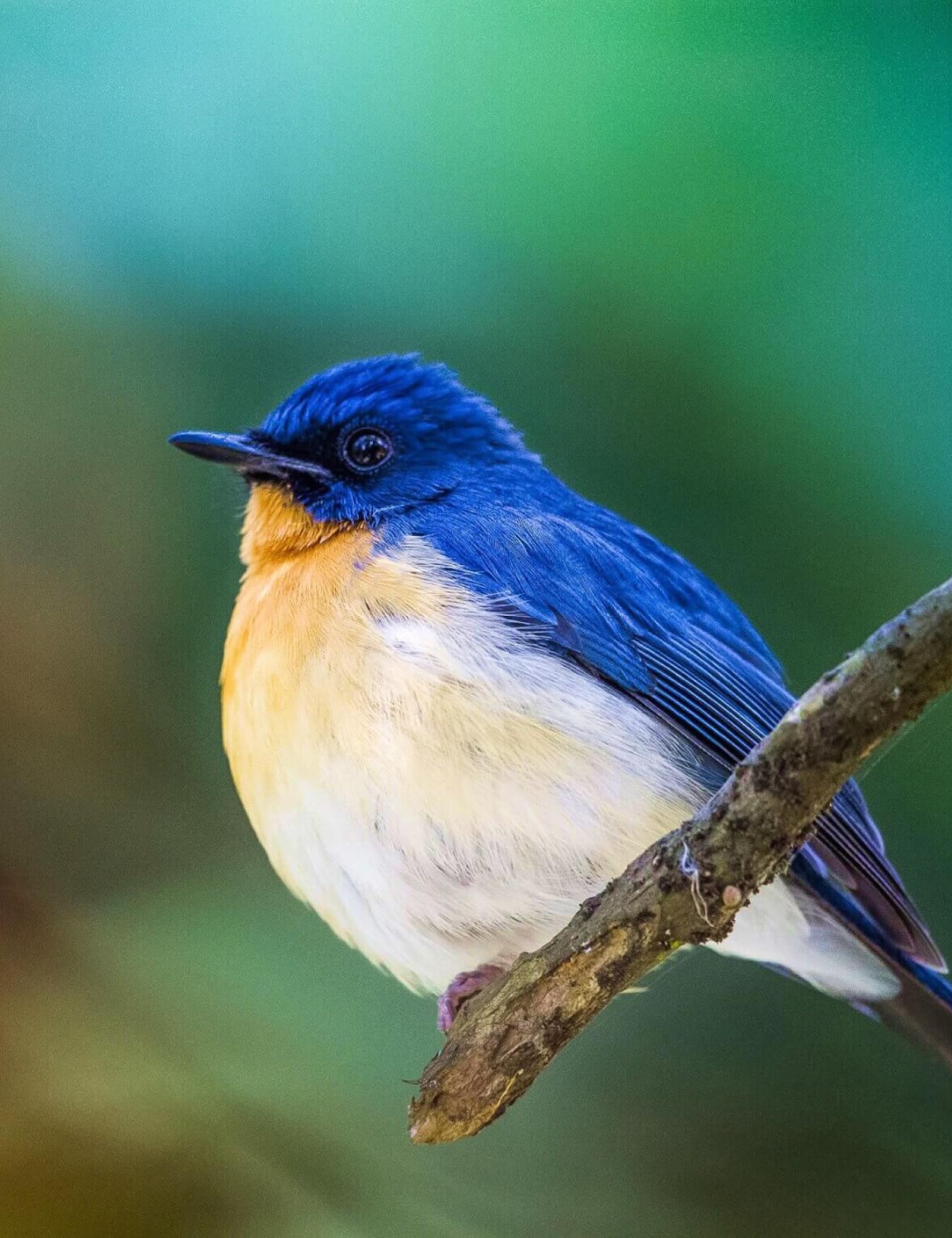Namibia
- Africa
Overview
Namibia is known for its otherworldly beauty, majestic vistas, and rare natural events, yet it is also home to several magnificent creatures that can be spotted all around the nation.
Namibia is among the many nations in the world whose constitution provides environmental protections, a testament to how deeply ingrained conservation has become in Namibian culture. Like a result, 19% of the nation’s area is now conserved by reserves and national parks, and 18% of the area has been designated as recognized conservation areas. As little more than an outcome, several of Africa’s foremost recognisable safari creatures have now sustainable and expanding numbers in the tough Namibian environment. Travellers towards this breathtakingly gorgeous nation get the opportunity to see first the unique conservation practises used at.

Best Time to Visit
The best time to visit Namibia is in the Dry season from June to October, although it can be visited throughout the year. Wildlife viewing in all parks, but especially in Etosha, is best in the Dry season. The climate is generally dry and pleasant. Between December and March, some days will be humid and rain may follow, often in localized, afternoon thunderstorms. In the Wet season, animals move away from the waterholes and scatter around the park.
Park Closure
Open: All Year Around
Safari Options: Balloon Safari, Jeep Safari.

Fauna
Namibia has 26 parks and reserves, the most famous of these parks is the Etosha National Park. Namibia’s endangered species include wild dog, black rhino, puku and oribi. There are 8 mammal species endemic to Namibia, including the Black faced Impala, several mice, gerbils and bats. The Namibian desert is well known for its large number of endemic dune dwellers, especially lizards, of which there are 30 endemic species. The birds of Namibia include ostrich, cranes, owls, bee-eaters and African warblers. These are just some of the 676 confirmed species of avifauna in Namibia, with Etosha National Park being home to an 340 bird species that make up an impressive mix that ranges from flamingos to the colourful lilac-breasted roller and eagles soaring high above.
Flora
Namibia has some of the most extraordinary vegetation, all adapted to harsh desert environments. Namibia lies in the second driest area in Africa after the Sahara. Namibia can be split into four distinct vegetation zones. Together these four zones support over 4,000 seed bearing vascular plants, 120 different species of tree, over 200 endemic plant species and 100 varieties of lichen. The most well-known plant is actually one of the oldest in the world – the Welwitschia Mirabilis, you will find this interesting plant that lives in the sand dunes, rocky landscapes and coastal deserts surviving through severe droughts and windswept environment. Some of the types of flora you will find in Namibia are trees, succulents, herbs and shrubs to name a few.





